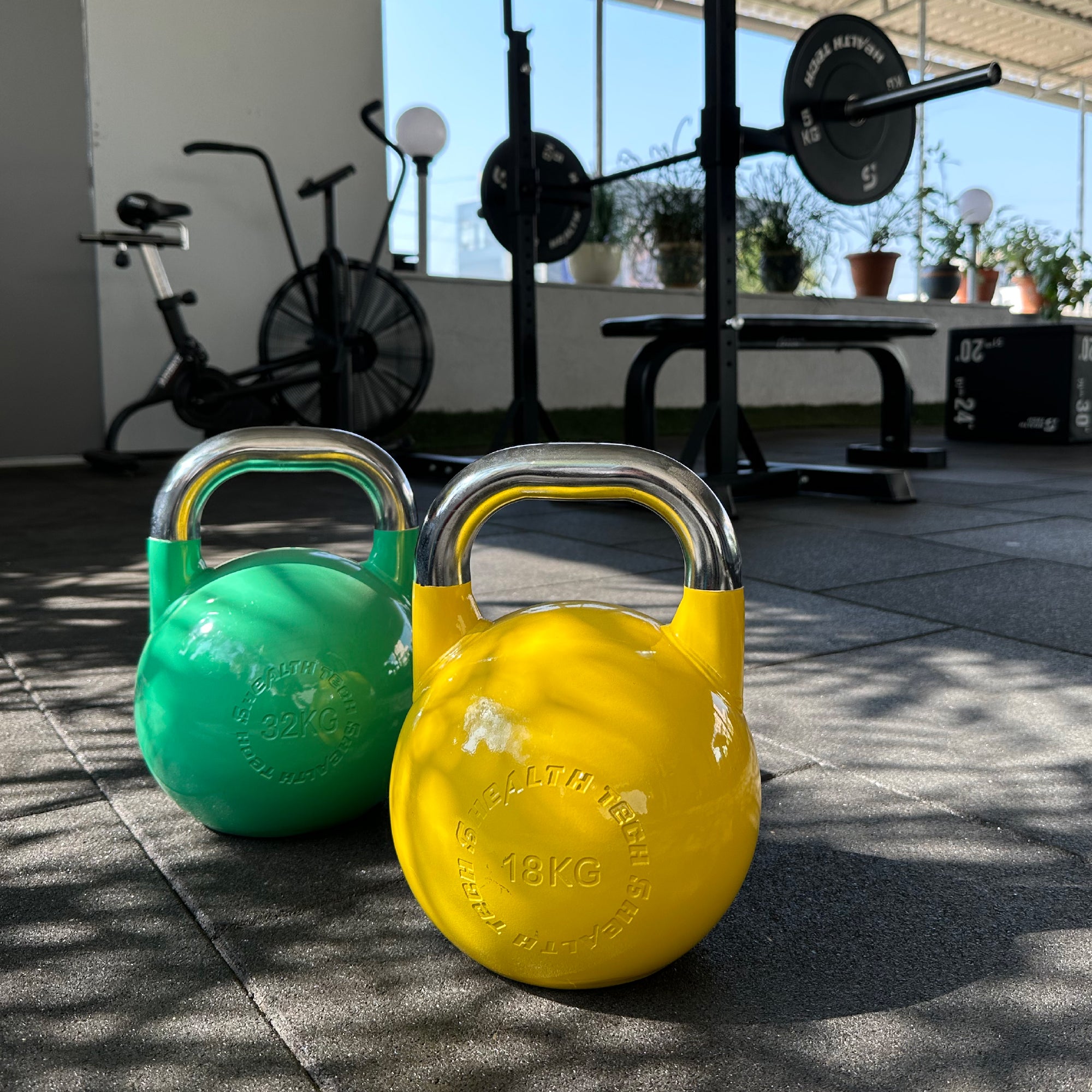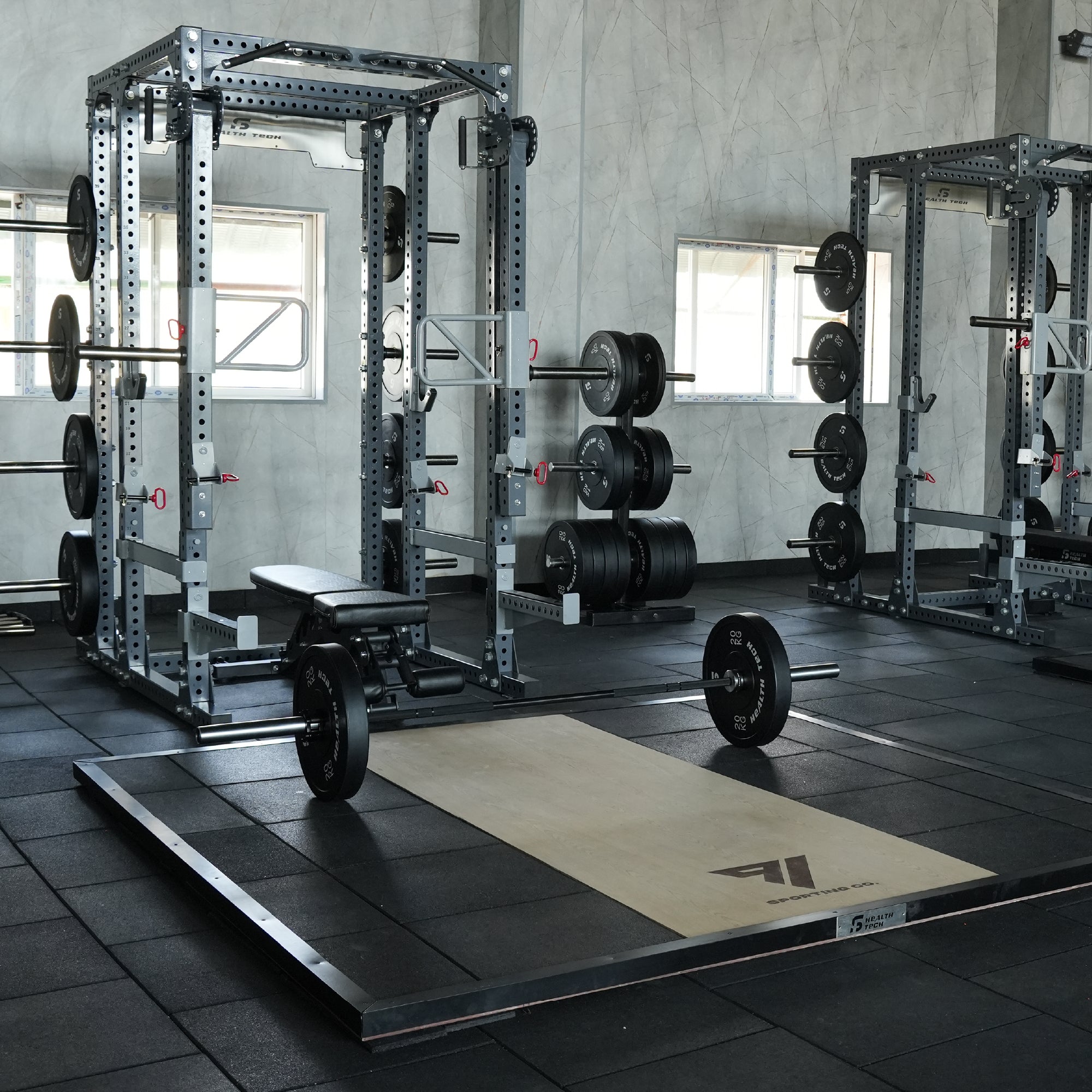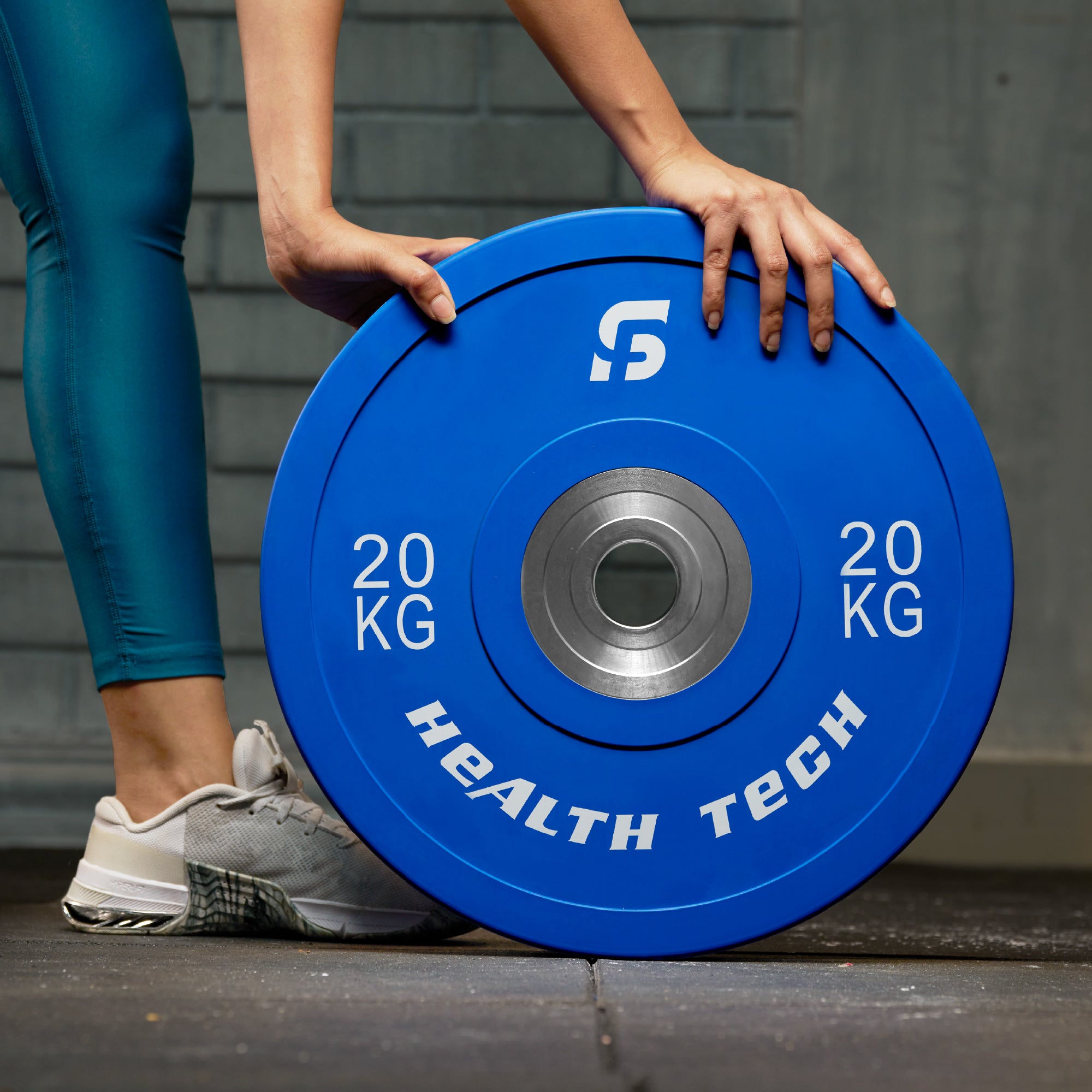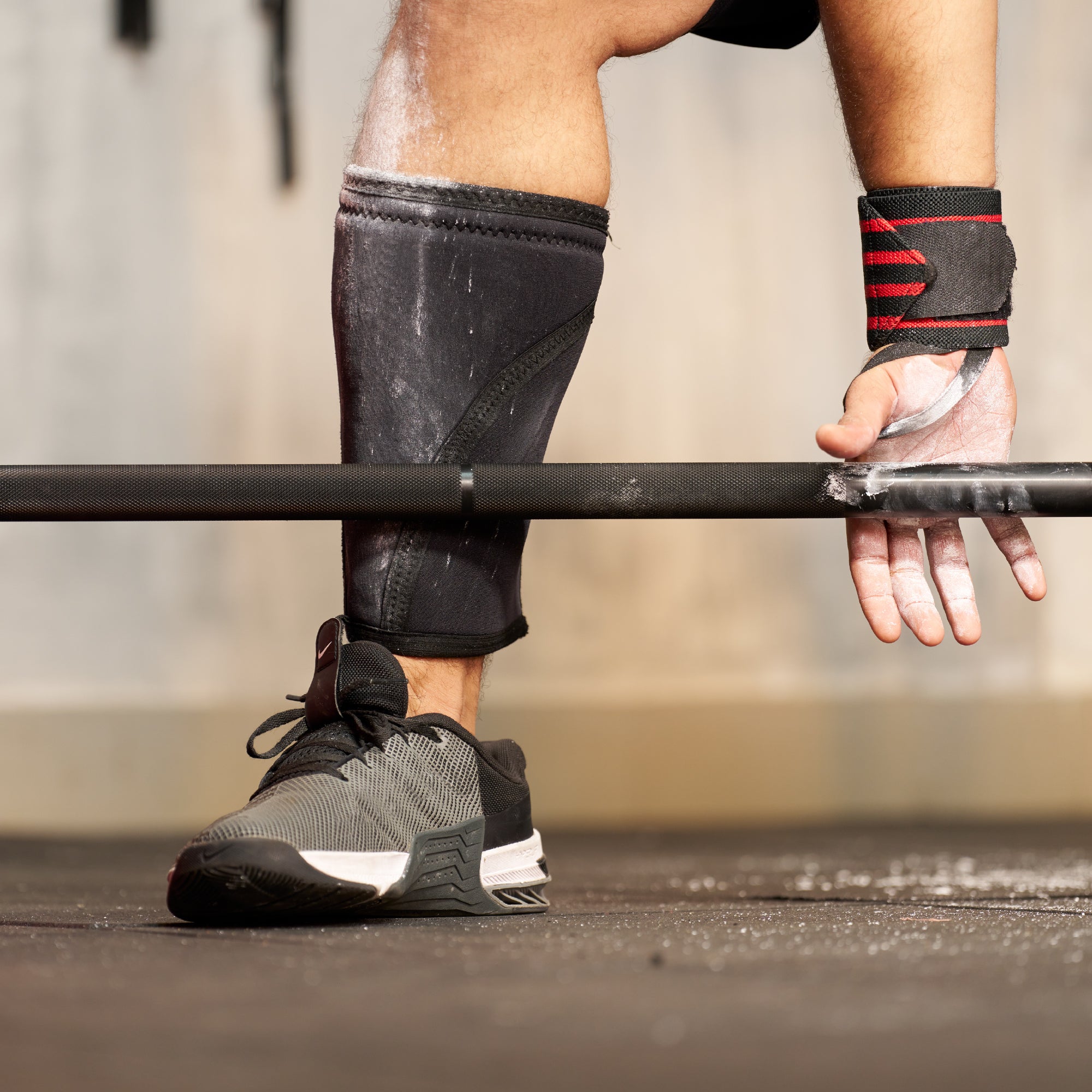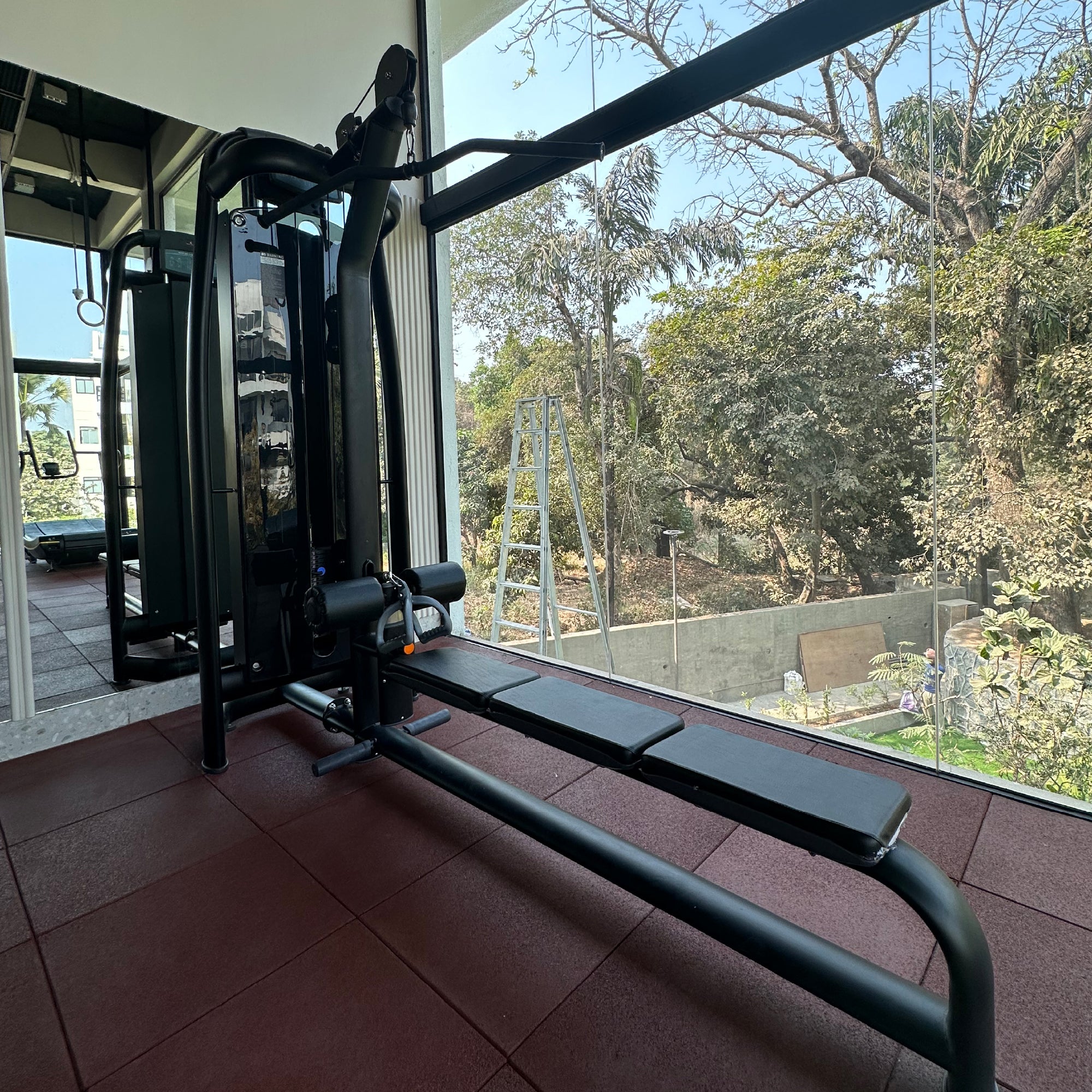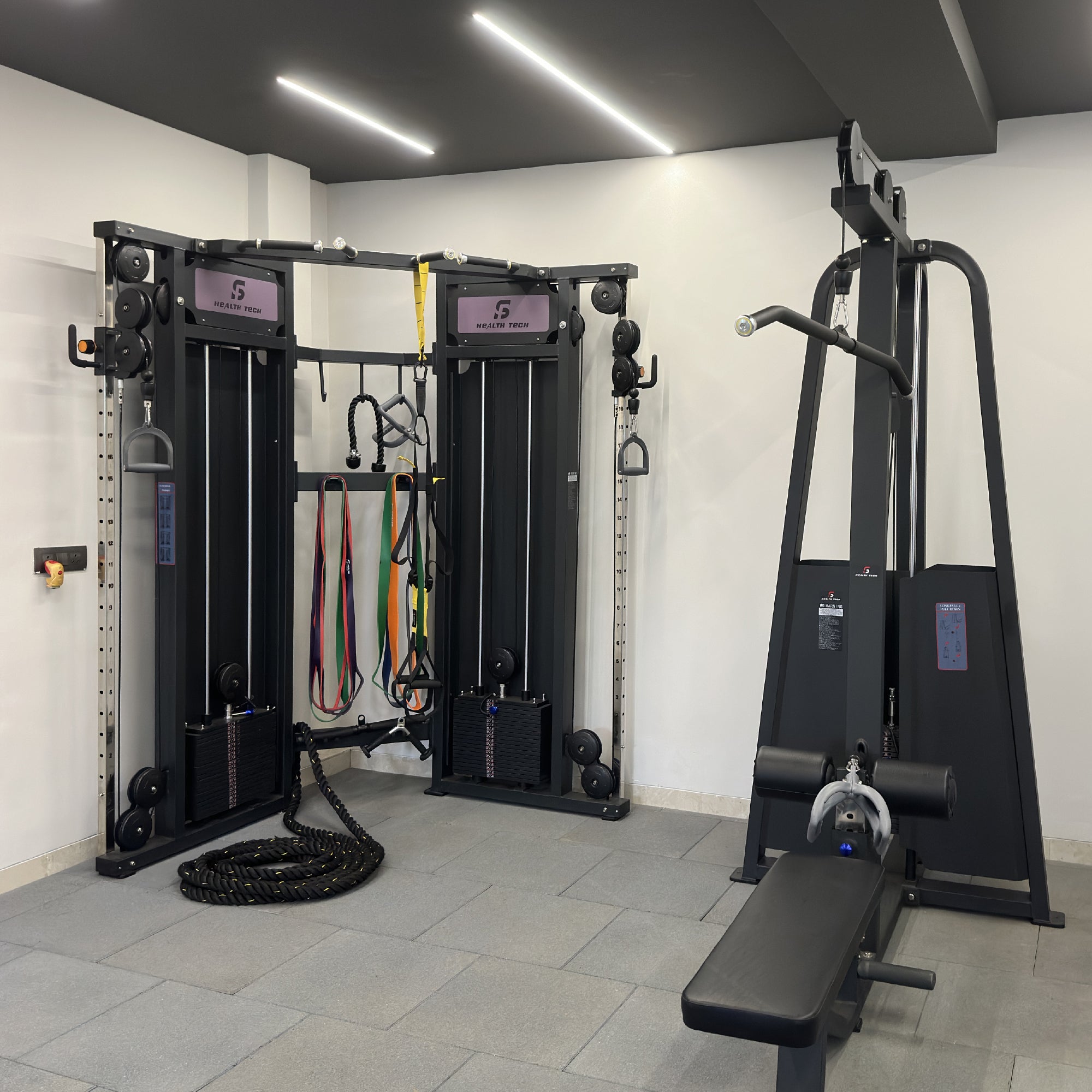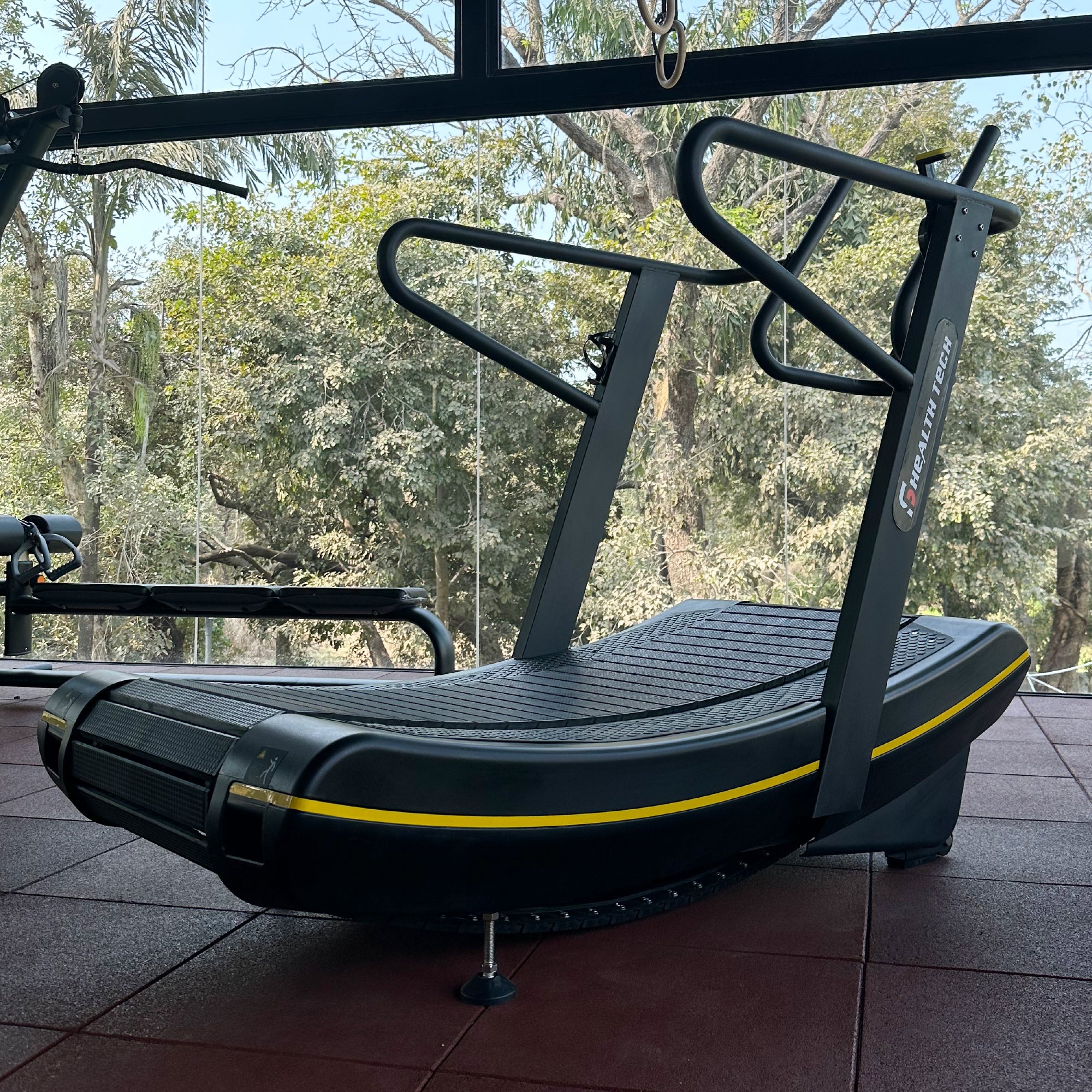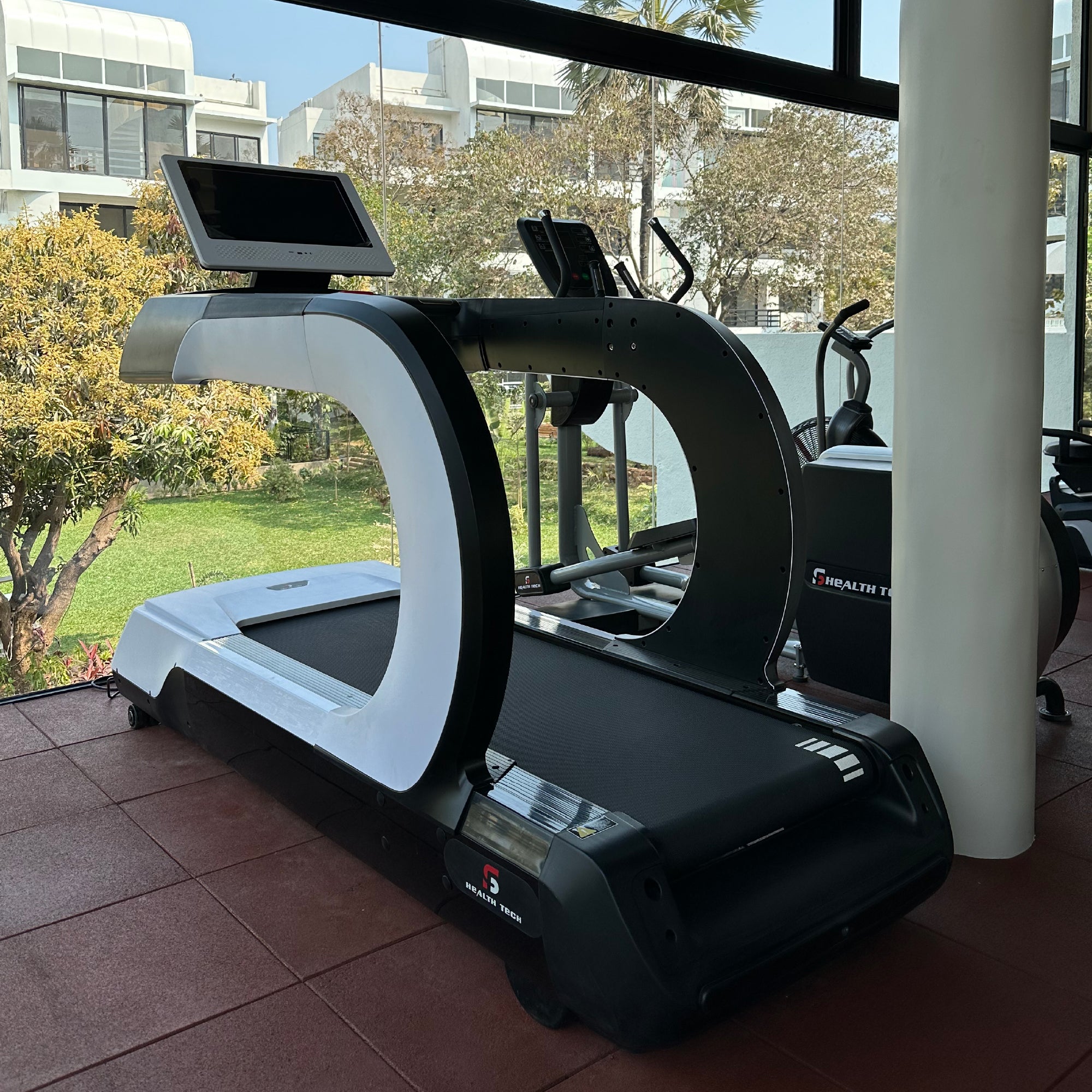Guide on Mudgar: History, Types & Exercise Benefits
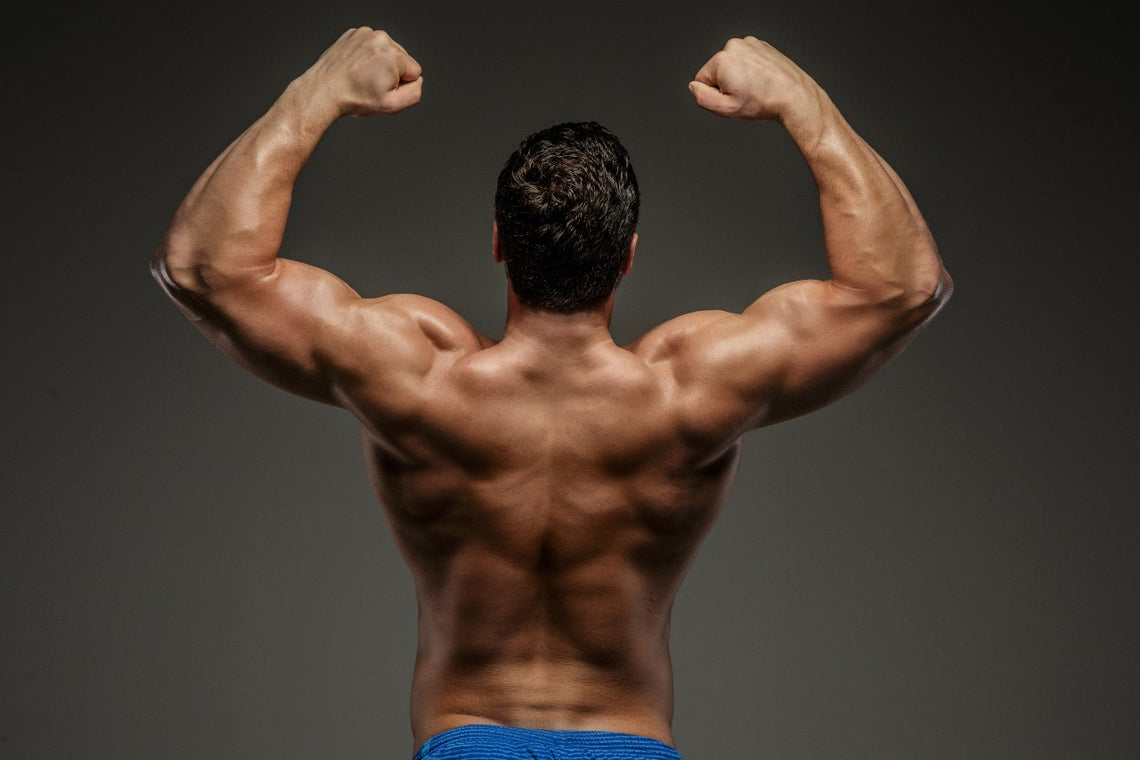
As someone who's into fitness, I'm always stumbling upon new ways to train. Whether it's Pilates, aqua yoga, CrossFit, or Zumba, there's always something fresh to try. But amidst this constant search for the next big thing, it seems like we're forgetting about some of South Asia’s traditional training methods. Well, not entirely. There are still a few dedicated folks keeping these traditions alive, like the use of the "mudgar" by Indian wrestlers for weight training at wrestling akharas.
In this article, we're going on a journey to discover the world of mudgars—what they are, their unique features, and how they're used in different settings. Come along as we explore the fascinating world of these unconventional fitness tools.
Discovering Mudgar
Originating from Indian martial arts, Mudgar exercises, also known as Indian club training, have evolved into versatile workouts suitable for all fitness levels. They not only boost coordination, strength, and flexibility but also bring a refreshing change to your exercise regimen. Imagine trading in those monotonous curls for dynamic swings and presses that engage your whole body!
We understand that trying something new can be daunting. That's why we're here to guide you every step of the way. So grab your Mudgar and get ready to unleash your inner warrior! In this comprehensive guide, we'll explore the rich history, diverse types, and numerous benefits of Mudgar training, providing you with everything you need to elevate your arm workouts.

History of Mudgar
Mudgar exercises trace their origins to ancient India, where the Mudgar, or "Gada," was a formidable weapon used by warriors. Crafted from wood or metal, this mace-like tool was designed for powerful strikes and symbolized strength and authority. Ancient texts and scriptures frequently mention the Mudgar, highlighting its significance in Indian mythology. Deities like Lord Hanuman are often depicted wielding a Mudgar, embodying power and protection.
In those ancient times, the Mudgar was not just a weapon but also a training tool for warriors. The rigorous practice with Mudgar ensured that soldiers developed formidable strength, agility, and endurance. Over time, Mudgar training evolved, adapting to new contexts while retaining its core benefits of enhancing arm strength and endurance.
Usage of Mudgar
Nowadays, for training purposes, one or two wooden mudgar (Indian clubs) reaching up to 70 kilograms in weight can be used. They can be swung behind the back in several different ways, which is particularly useful for building grip strength. Mudgar are mostly used to train the shoulders.
Different Types of Mudgars
Mudgars come in an astonishing array of shapes, sizes, and designs, each tailored to specific uses and preferences. Let's take a closer look at some of the most notable types:
Traditional Gada
The traditional Gada, originating from India, is a quintessential Mudgar. Its distinctive spherical head attached to a sturdy handle offers balanced weight distribution, making it an ideal tool for strength training and combat practice. The Gada is a staple in Indian martial arts and has gained global recognition for its effectiveness.
Persian Meel
The Persian Meel, or Indian Club, is another intriguing Mudgar variant. Characterised by its elongated shape and cylindrical design, the Meel is used to enhance flexibility, coordination, and strength. Originally from Persia, this Mudgar type has found its way into fitness routines worldwide, captivating enthusiasts with its dynamic exercises.
Steel Mace
The Steel Mace, a modern interpretation of traditional Mudgars, boasts a solid steel construction with a weighted head. This type is celebrated for its versatility in building core strength, stability, and rotational power. Fitness enthusiasts and athletes have incorporated the Steel Mace into their routines for a challenging and effective workout.
Indian Jori
The Indian Jori, also known as Kamandalu, is a fascinating Mudgar hybrid. Comprising two connected spherical heads on either end of a handle, the Jori offers unique exercises that engage both arms simultaneously. Originally used by Indian wrestlers, this Mudgar type continues to intrigue fitness aficionados.
By following these safety precautions and avoiding common training mistakes, you can effectively incorporate Mudgars into your fitness regimen while minimising the risk of injury.
Types of Mudgar Exercises
Modern Mudgar workouts offer a variety of exercises targeting different muscle groups. Let’s break down some of the most popular types you can try:
Traditional Mudgar Swing
This foundational exercise involves swinging a weighted Mudgar with both hands, engaging the arms, shoulders, and core. You can perform overhead swings, lateral swings, and rotational swings, each offering unique benefits. The overhead swing, for instance, is fantastic for building shoulder strength, while the rotational swing enhances your core stability.
Single Arm Mudgar Press
Performing presses with a single Mudgar isolates each arm, focusing on unilateral strength and stability while improving coordination. This exercise is perfect if you want to ensure both arms develop equally and helps correct any imbalances.
Mudgar Curl Variations
Similar to dumbbell curls, these exercises target various angles of the biceps and forearms. Variations include hammer curls, reverse curls, and cross-body curls. The hammer curl is great for your brachialis, while reverse curls emphasize your forearms.
Overhead Mudgar Triceps Extension
Hold the Mudgar overhead and extend your arms to target the triceps. You can do single-arm or seated extensions to customize your routine. This exercise is excellent for sculpting the back of your arms and improving overall arm definition.
Other Mudgar Workouts
- Mudgar Rotations: Twist and turn the Mudgar in different planes to engage your core and upper body.
- Mudgar Squats: Combine squats with Mudgar swings for added resistance, challenging your lower body and core muscles.
- Mudgar Lunges: Perform lunges while holding the Mudgar to enhance balance, stability, and lower body strength.
Transform your fitness journey with a custom-built gym tailored to your unique needs and goals. Explore SF HealthTech and discover the finest gym equipment.
Mudgar Exercise Benefits
Incorporating Mudgar exercises into your routine offers numerous benefits:
- Increased Muscle Strength: Dynamic Mudgar movements engage multiple muscle groups, enhancing strength and endurance in the arms, shoulders, and core. These exercises are not just about lifting; they involve swinging, pressing, and rotating, giving you a full range of motion and activating more muscles.
- Improved Grip Strength: The thick handle of the Mudgar challenges hand and forearm muscles, strengthening your grip and preventing injuries in other lifting exercises. Improved grip strength is beneficial for all sorts of activities, from carrying groceries to more advanced weight training.
- Enhanced Functional Fitness: Mudgar exercises mimic real-world movements, improving everyday activities that require arm strength and coordination. Whether it's lifting a heavy object, playing sports, or simply moving furniture, the functional fitness gained from Mudgar training makes daily tasks easier and safer.
- Versatility and Accessibility: Suitable for all fitness levels, Mudgar exercises can be adapted to your individual goals and capabilities. Whether you're a beginner or a seasoned athlete, you can modify the weight and complexity of the exercises to match your fitness level.
- Core Engagement: Many Mudgar exercises involve rotational movements that require core stabilization, boosting core strength and stability. A strong core not only improves your posture but also enhances your performance in other exercises and daily activities.
Training Tips for Mudgar Workouts
To get the most out of your Mudgar training, here are some essential tips:
- Start Light and Warm Up: Begin with lighter Mudgars to master the techniques and always warm up your muscles with dynamic stretches and light cardio before using Mudgars. This prepares your body and helps prevent strains and injuries.
- Proper Grip and Controlled Movements: Ensure you have a secure grip on the Mudgars and perform exercises with controlled, deliberate movements. Avoid swinging the Mudgars too quickly or forcefully, as this can lead to muscle strains or joint injuries.
- Focus on Proper Technique: Proper technique is crucial to prevent injuries and maximize benefits. Start with lighter weights to master the movements before progressing to heavier Mudgars. Pay attention to your form, keeping your back straight and engaging your core.
- Gradually Increase the Weight: As you get stronger, gradually increase the weight of your Mudgar. This progressive overload ensures continuous muscle growth and strength gains. But remember, it's better to increase weight slowly and maintain good form than to rush and risk injury.
- Incorporate a Balanced Routine: Balance your Mudgar exercises with other forms of training, such as cardio, flexibility exercises, and strength training. This well-rounded approach helps improve overall fitness and prevents overuse injuries.
- Recovery and Rest: Incorporate rest days into your routine to allow your muscles to recover and grow. Adequate sleep, hydration, and nutrition also play a significant role in muscle recovery and overall performance.
- Avoid Overloading and Listen to Your Body: Avoid using Mudgars that are too heavy for your current fitness level and allow sufficient rest between sets and workouts. If you experience pain (beyond normal muscle fatigue), stop immediately and assess your form or the weight you're using.
How to Choose the Best Mudgar?
When selecting a Mudgar, consider factors like weight, handle grip, and durability to find one that suits your fitness level and goals. Here are some tips:
- Weight: Choose a Mudgar with a weight that matches your current strength and experience. Beginners should start with lighter weights to master the techniques before progressing to heavier Mudgars.
- Handle Grip: Ensure the handle provides a secure and comfortable grip. A good grip is essential for safety and effective workouts.
- Durability: Look for Mudgars made from high-quality materials that can withstand rigorous use. Durability is key to a long-lasting fitness tool.
This comprehensive guide has shown you how Mudgar exercises can transform your arm training. The Mudgar not only offers a unique and effective way to build strength and endurance but also brings a fun and engaging element to your workouts. Beyond the physical benefits to your arms, Mudgar training offers broader health advantages. The intense physical activity can also boost your metabolic rate, aiding in weight management. Additionally, the mental benefits should not be overlooked. The focus and discipline required for Mudgar training can enhance your mental resilience and reduce stress. The rhythmic movements can also have a meditative quality, promoting relaxation and mental clarity.
Ready to transform your arm workouts? Grab your Mudgar, follow the exercises outlined in this guide, and start incorporating them into your fitness routine. Share your progress, challenges, and triumphs with our community of fitness enthusiasts. Whether you're aiming for aesthetic improvements, better sports performance, or enhanced general health, Mudgar training can help you achieve your goals. Feel free to reach out with any questions or to share your success stories – we’d love to hear from you!


